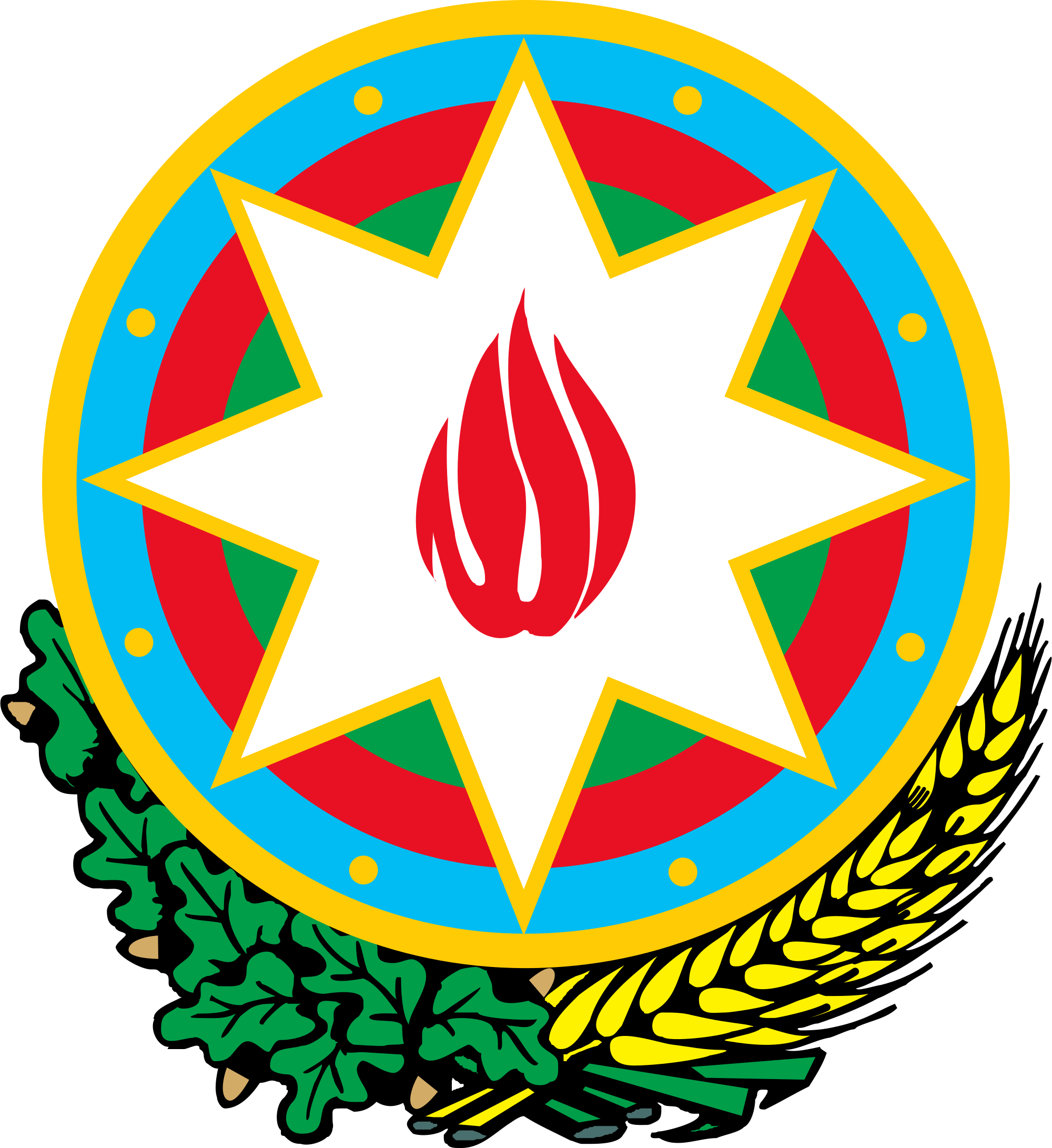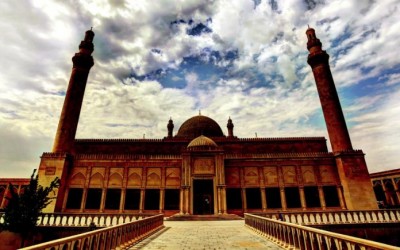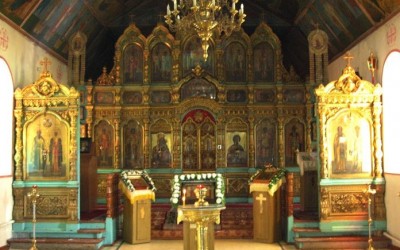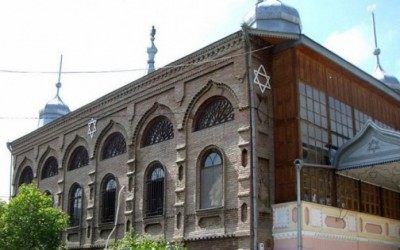Zoroastrianism in Azerbaijan

According to a number of modern scholars, Prophet Zoroaster was born in South Azerbaijan. Medieval Muslim authors also mentioned this in their writings citing ancient sources. For instance, a number of prominent Muslim scholars such as Ibn Khordadbeh (820-912), Al-Baladhuri (806-892), Ibn al-Faqih al-Hamadani (9th century), Al-Masudi (896-956) and Yagut al-Hamawi noted that Zoroaster was born in Urmia, South Azerbaijan.
The historical reality is that the territory of Azerbaijan is one of the first places where Zoroastrianism spread. It suffices to note that Zoroastrianism rose to the position of dominant religion in Atropatene. Also, one of the three holiest shrines of Zoroastrians, Adur Gushnasp, was situated in Ganzak, the capital city of Atropatene.
Historical sources prove that Zoroastrianism was widespread not only in South Azerbaijan, but also in the territory of North Azerbaijan. The struggle waged against Zoroastrianism by Caucasian Albanian ruler Urnair, who declared Christianity the state religion of Caucasian Albania in 313, is an indication that followers of Zoroaster in North Azerbaijan in Early Middle Ages were not small in number. Despite the continuation of the anti-Zoroastrian policy by other Albanian rulers, Zoroastrian religious communities managed to survive in the territory of Caucasian Albania.
After the arrival of Islam in the 7th century, the influence of Zoroastrianism, like Christianity, began to weaken in Azerbaijan and the religion of Zoroaster gradually lost its significance and vanished. However, Zoroastrian communities existed in North Azerbaijan even during periods when Islam was dominant. For instance, in his book “Roads of the Kingdoms”, Arabic geographer and traveler Abu Ishaq Ibrahim ibn Muhammad al-Istakhri (850-934) wrote that there were villages inhabited by Zoroastrian followers near Baku. Well-known geographer and historian Abul-Fida Ismail Hamawi (1273-1331) talks about villages inhabited by fire worshipers in the province of Mugan.
It should be noted that Zoroastrians were always attracted by sites of naturally burning gas in Absheron peninsula. German traveler Engelbert Kaempfer (1651-1716), who visited a number of places in North Azerbaijan, gives interesting insight into this matter. He wrote that once there used to be seven sacred fires near Surakhani village, 30 km away from Baku, in Absheron peninsula: “… two fire-worshipping Indian newcomers, who were descendants of an ancient Persian tribe, used to sit motionless around a wall erected by them, pray to the eternal God, watch and bow to the fire coming out of the earth… previously, 500 meters away from here, one could see seven adjacent hollows from where this fire used to burn. After that flame died off, the fire emerged from the place that I described”.

As you can see, in his memoirs, the German traveler noted that a fire temple still existed in Surakhani in the 17th century. In fact, its history goes back to more ancient times. Historical sources show that the fire temple in Surakhani was shared by followers of Hinduism, Sikhism and Zoroastrianism. It is also known that this Ateshgah (means “a place of fire” in Persian) served as a place of worship for Ghebers in the 17th to 18th centuries and for Parsees in early 19th century. Over time, the Surakhani Ateshgah evolved into a large religious complex. The construction date of the complex is believed to be 1713. Currently, this complex is protected by the Azerbaijani state as the historical-architectural monument “Ateshgah Temple”. The Order signed by Azerbaijani President Ilham Aliyev on December 19, 2007 designating the territory of the Surakhani Ateshgah as the State Historical-Architectural Reserve “Ateshgah Temple” is of great importance in this respect. Based on this Order, an open-air museum was created around the complex. Besides, thanks to the efforts of our state, the Ateshgah Temple was granted “enhanced protection” status as a culture heritage site on September 30, 1998, and the monument was included in the UNESCO List of Intangible Cultural Heritage in Need of Urgent Safeguarding. Thus, the above-mentioned facts once again confirm that Zoroastrianism played a unique role in the history of Azerbaijan. Although Zoroastrianism completely lost its significance in Azerbaijan and disappeared, it is still preserved in the culture and customs and traditions of our people. Novruz Holiday, which is nationally celebrated in our country every year, is a good example of it. Lighting bonfires and candles on the eve of Novruz Holiday, as well as the belief in some regions of our country that it is a sin to pour water on the bonfire and other similar customs and traditions show that some signs of Zoroastrianism are still manifested in the lifestyle of our people after thousands of years.











